Final Fantasy XIII: The Need to Care About the World You Save
By phiregsei 1 Comments
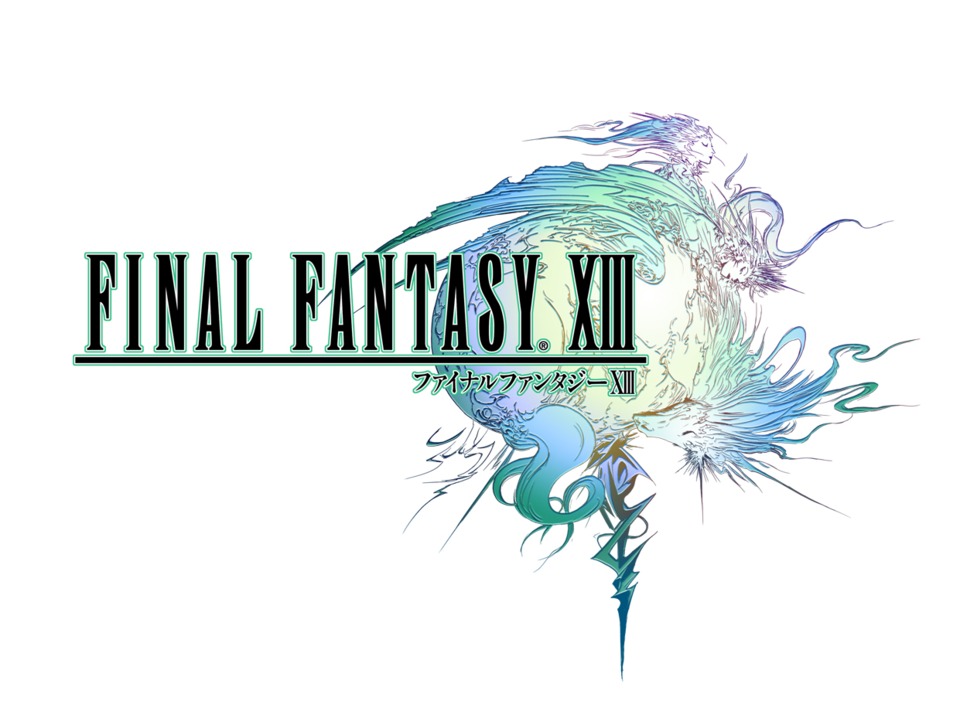
All right, I have to write about Final Fantasy XIII. I haven’t written anything for quite a while, and my avoiding the arduous task of writing about this game is the single, salient reason why.
I’ve been hard at work on my backlog. I haven’t slacked on my gaming during this dearth of correspondence. Just the opposite, in fact. I’ve beaten FFXIII and Metroid Prime, and I’m nearing the end of Dragon Age: Origins, Infamous, Baldur’s Gate, and Shin Megami Tensei: Nocturne. So I’ve got viewpoints galore to chat about on each of these fronts, but the fact that I need to get out a piece about Final Fantasy XIII has thrown up a mental roadblock for me, and I’m just now trying to chip away at it. Let’s get started, shall we?
First off, I want to get this out of the way: I really enjoyed Final Fantasy XIII. I know that’s not a popular opinion with the vocal internet crowd, but I think it’s a more popular opinion than some among that crowd are willing to admit.
So this is why writing about this game and the way I feel about it is tough to do! I mean, look at that last sentence of that last paragraph. It’s literally DRIPPING with thinly veiled defensiveness. I couldn’t just state that I liked the game and walk away from it; I immediately felt like I had to leap to the game’s defense. It’s like when you have that friend who gets a new boyfriend/girlfriend and this new romantic interest is overtly mean and awful to your friend, but your buddy is like “No he/she is really cool! You just don’t know him/her like I do!” Listen you guys, I know I am that friend.
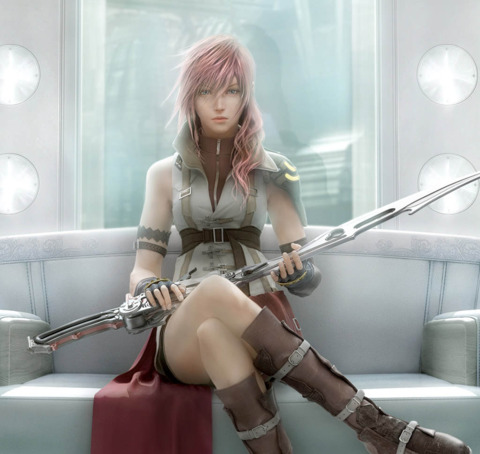
Despite my best intentions of not wanting to simply write a defensive counter-argument style piece when talking about this game, using the complaints leveled at Final Fantasy XIII as a jumping off point seems to be an ideal place to start in dissecting why I think Square Enix both succeeded and failed with this entry in the franchise. All of this precursory text is meant to basically dispel the idea that I’m just trolling people who don’t like the game. That being said, please know that if you disagree with me you are stupid (JOKING!). Onward to the discussion!
Also: SPOILERS! You have been warned.
Before I launch into my address of complaints, let’s talk about what worked really well for this game.
First and foremost, let’s just get the graphics gushing out of the way: the game is stunningly beautiful. SquareEnix may fail on some fronts, but they did not skimp on delivering the eye-candy. You can’t fault them there.
Secondly, the battle engine was a really interesting distillation of the menu based systems of yore. The system took the basic RPG battle types, and rather than creating a myriad of jobs that were merely fanciful gradations of these types, they just called a spade a spade and went with the six. Many people didn’t like the “Auto-Battle” option that was implemented, but I liked it.
I mean, let’s face it, it’s not as though the other Final Fantasy games were symphonies of sophisticated battle planning except when faced with the occasional enemy level bump when entering a new area, or a particularly nasty tussle with a big-bad. I mean, I don’t know about you, but the tactical complexity of intuiting that I should use “Blizzard” against an enemy made of fire kind of lost its “Wow” factor after the fourth or fifth time it panned out in a battle.
The ability, and need, to shift your character’s roles on the fly made the battles infinitely more tactical, and the fact that the “Auto-Battle” command queued up more than one attack lent a flair to the battles that, in past iterations, had been a matter of mashing the “Fight” command over and over again. None of this is to say that the older systems and games didn’t have their merits, but let’s not knock something genuinely interesting just because it’s new, you guys.
Moving on to the complaints proper, the two things that I hear people say most often in criticizing the game are “There are no towns and no world map!” and “The game is too linear! It’s one long hallway!” The two complaints are related, of course, and you know what? They’re right…sort of.
There are not “towns”, plural, in this game, but there is a “town”, singular; it’s called Cocoon, and most of the game takes place in it. Cocoon, as the singular inhabited metropolis of the world in which Final Fantasy XIII takes place, serves the function that an array of towns have in past Final Fantasy games. The city of Cocoon is a shiny hotbed of unrest, filled to the brim with the usual one-liner NPCs that really didn’t contribute much to the overall experience beyond ambiance.
Cocoon is a well-realized locale. The areas that you traverse, the different people that you meet, and the lore that is pushed out through exposition and expanded text in the “Datalog” is all there to put flesh on the world you’ve been plopped in with your plucky band of adventurers. Though there is just the one “town”, there’s a lot to it, and there’s something to be said about that in and of itself as an inevitable design choice due to the direction that SquareEnix has taken the franchise in terms of bigger and better graphics.
People lament the loss of the way towns and locations were presented in previous games, and I’m going to go out on a limb here and say that the places that people so fondly remember are probably found in Final Fantasies VII through XII. Many of the locales from the earlier titles were little more than five or six NPCs with single lines of dialogue coupled with an area for shops. While not without their charm, their design was more a necessity of the technology at hand, rather than a design choice. Once the technology caught up, the towns became their own interesting little artistic microcosms, and the places in the game took on new significance as they gained more and more personality through the depth and variety that could be added to their design.
Gradually, the world map has faded from the last few Final Fantasy games. IX was the last main series title to include the traditional “world map” as we’d come to know it, with X and XII opting for a series of discrete locations connected by airship travel.
In XIII, there is no way to wing around the world of Cocoon on an airship, and the vast majority of the travel is done on foot. The effort here, to my mind, was to add depth to the experience of traveling this world. There is no “fast travel” option that lets you hop from place to place in Cocoon. I’m not saying that there’s nothing to miss from the old way towns were created, but I think that this was an effort to expand the experience of exploring a world into something more meaningful. Final Fantasy XIII tried to create a location where you put one foot in front of the other in order to get from A to B, and the story happens along the way while you traverse this incredibly huge metropolis.
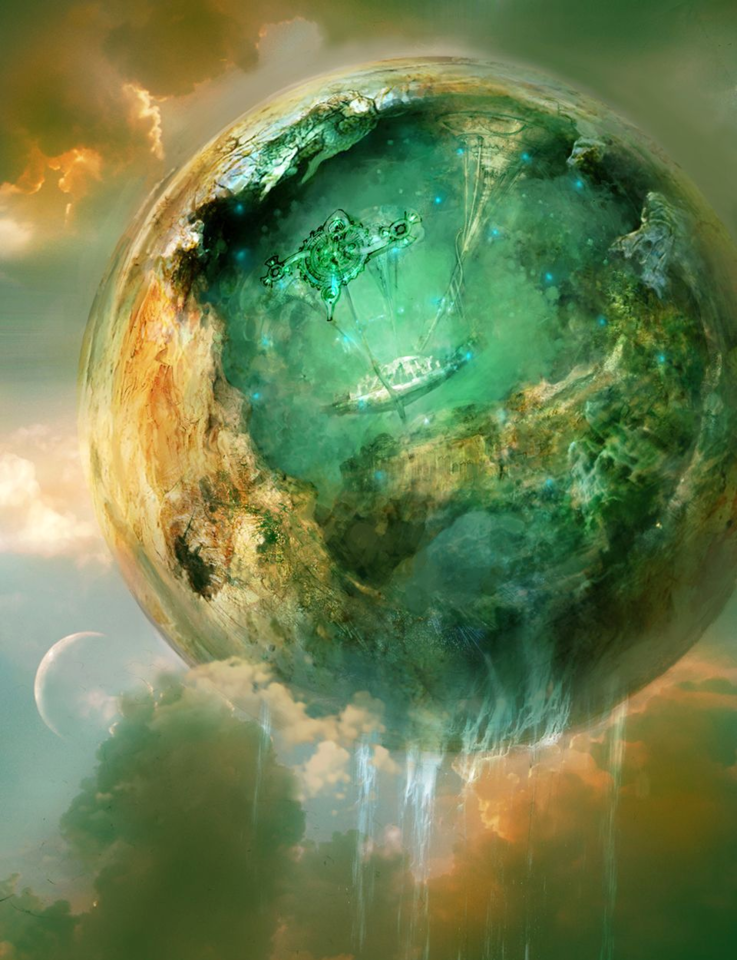
So here’s the million dollar question: With all that wonderful plot premise, and with all of the effort having been put into the creation of this world and the method of its traversal, why didn’t I care about Cocoon?
The goal in the design, to my mind, was to create a world that would help the player experience the journey itself, rather than grinding between plot points before popping into the new collection of shops and NPC one-liners on the horizon. While this approach works for the game at times, as a whole, I’d say that the effort failed.
Here’s where that linearity complaint really bites the game in the ass. Despite the fact that I spent a significant chunk of my time with that game running around in Cocoon, I didn’t get a terrifically good sense of the city itself. Actually, “running around” is a bad choice of words, isn’t it? It was more “running through”.
For lack of a better word, I felt like I didn’t “own” Cocoon, despite the ostensible efforts to create the experience of the journey, and I think that this was largely due to the unidirectional nature of how the city was experienced. The locations were beautiful and interesting, but if you blink, you miss them as you’re shuttled speedily forward to the next objective. This was tremendously disappointing for me. I would have truly enjoyed going back to them to get a couple of silly fetch quests or find some optional bosses.
If you think about it, backtracking really would have been a terrifically difficult thing to shoehorn into the storyline. Revisiting areas was not really an option as far as the context of the plot was concerned. Being l’Cie, the amped up human representatives of the aforementioned godlike Fal’Cie, the characters that you play as are all universally despised, feared, and hated by the folks of Cocoon. This being the case, you’re constantly driven forward, either running from or towards some plot point or another. The very nature of being a l’Cie carries an urgency, as the character’s “brands” that give them their powers are also slowly turning them into monsters.
The plot’s focus on fleeing and the sense of urgency that the game was trying to convey every step of the way is what led me to feel alienated from the world I was experiencing. I think the intent was to use this alienation to bond the player to the characters, and to that end, it worked. In spite of myself, I really found that I enjoyed Hope’s story arc. Snow became less obnoxious and more endearing as he reveals that his “hero” act is just him trying to keep it together in the face of loss. Hell, even Vanille has a great backstory once you strip away the horrendous outer layers of her characterization. To the extent that I did grow to care about these characters and their success in their endeavors, you could say that the device of alienating them from their world really worked. However, I think the cost was too high.
The constant flight from Cocoon led to a few memorable moments in dealing with the motivations of your beleaguered characters, but almost none of the city itself. You are meant to care about this place alongside the story’s protagonists. The player is supposed to want to “save the world” when they’re thrust into an epic quest of this nature. The downfall of the narrative’s execution in this instance is that the player only ever experiences this location as a hostile and hate-filled place. Cocoon, to the player, is a beautiful place populated by narrow-minded and ignorant people who are content to live our their lives as sheep to the Fal’Cie shepherds. The player spends the first part of the game fleeing the place and are confronted by new forms of deeply ingrained hostility, either from inhabitants or monsters, at every turn. Why should I care about that place? What is there to love? The characters are all fighting for their homeland, but the player, constantly rushed from plot point to plot point, never learns to care about Cocoon.
Really, the complaint here is about pacing. If I could have seen more of less of Cocoon, if I could have lingered in a few really well-defined places, then maybe I could have learned to love that smaller sliver of the place in the time I was given. In trying to immerse me and rush me at the same time, I wound up just focusing on the characters to the exclusion of all else. Since the characters are all focused on Cocoon in one way or another, even that made for a tough sell at times.
Then the momentum is totally turned on its head as the player arrives at Gran Pulse. You’re suddenly allowed to wander and explore, and this environment functions much as the traditional world map has in previous Final Fantasy games. It’s enormous, open, and has a great deal of ground to cover and explore. It’s also filled with sidequests! It seems as though the existence of this place within the world of this game should alleviate any complaints that people may have had with the earlier stuff that was mentioned, right? Well, again…not exactly.
Gran Pulse is great. It’s got just the right amount of ground to cover, and utilizes a warp system that progressively opens up the player’s ability to traverse the environment as you complete sidequests. I found the sidequesting, while tremendously repetitive, to be fun and rewarding. At least for a while. I had a hard time pinning down exactly when Gran Pulse fell out of favor with me.
I had really enjoyed the exploration and the careful process of setting my characters up to battle some truly massive optional bosses. It was nice to thumb my nose at the plot for a while and get to tool around in a huge open place. This wandering and grinding and monster-slaying felt like a very Final Fantasy thing to do, reminding me at times of the Veldt from FFVI. After I’d exhausted the optional bosses that I could conceivably defeat and with my character’s Crystariums maxed at the levels that they could attain thus far, I turned my thoughts back to the plot proper, my wanderlust sated.
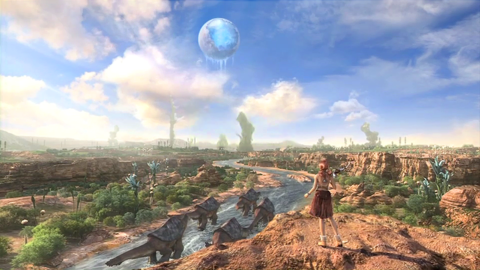
This problem of world-building is really what made Final Fantasy XIII tough for me at times, and I think that this is really the root of the myriad of complaints that people level at the game. I’ll say again, I really liked Final Fantasy XIII overall.
So much worked really well in that game. The battle system was engaging and interesting, the characters were relatively well-developed and had interesting arcs, and the whole thing was generally stunning to look at. All that being said, without caring about the world in which all these things took place, the experience always had something lacking. I hope that SquareEnix, in building out the world of XIII in the sequels and spin-offs and in making new worlds for future Final Fantasy games, will realize that players need to feel connected to the places that they’re tasked with saving.

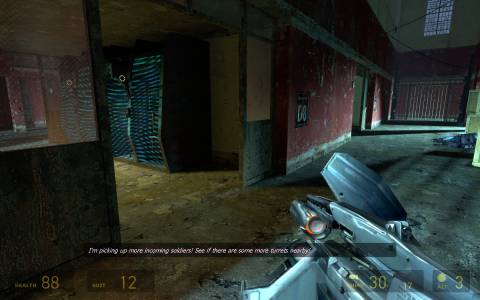
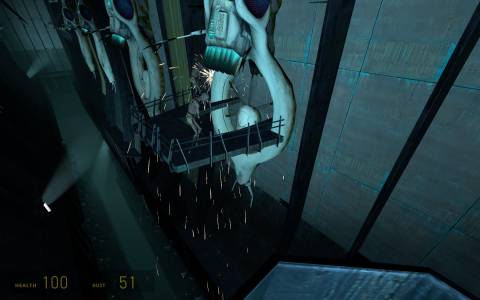

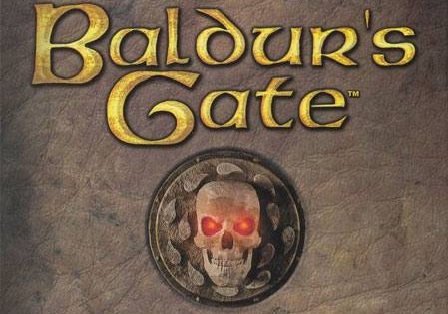
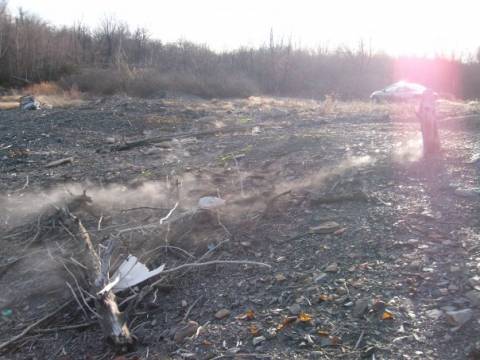
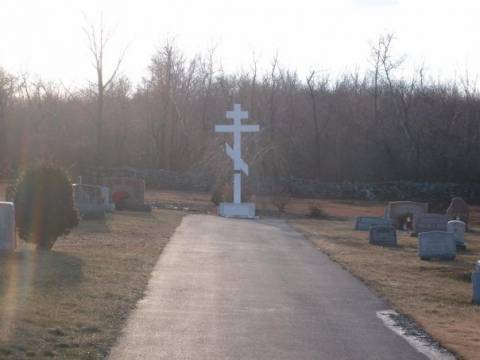


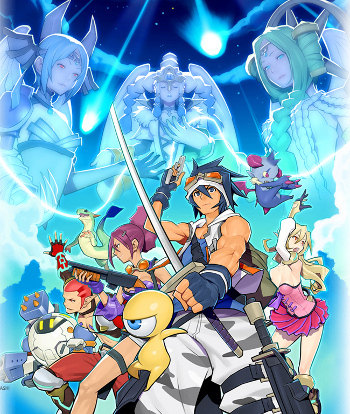
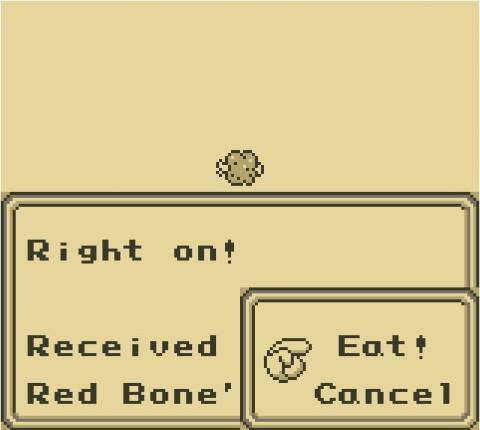
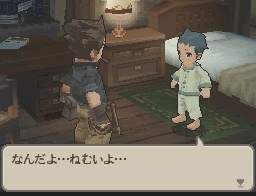
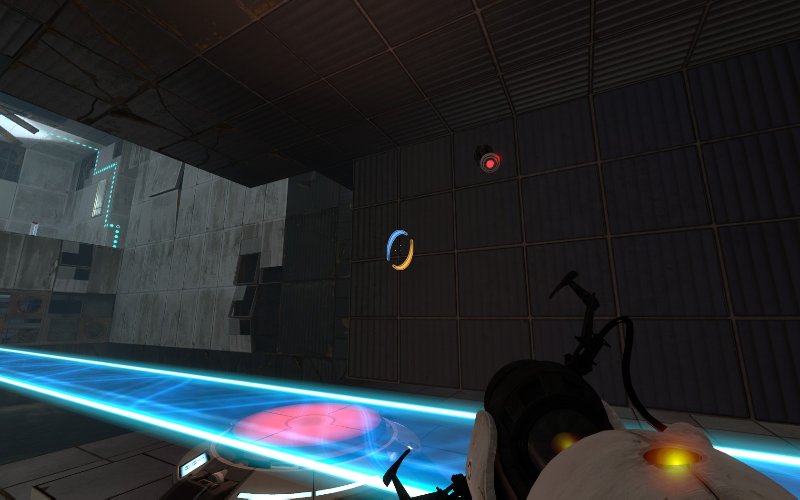
Log in to comment